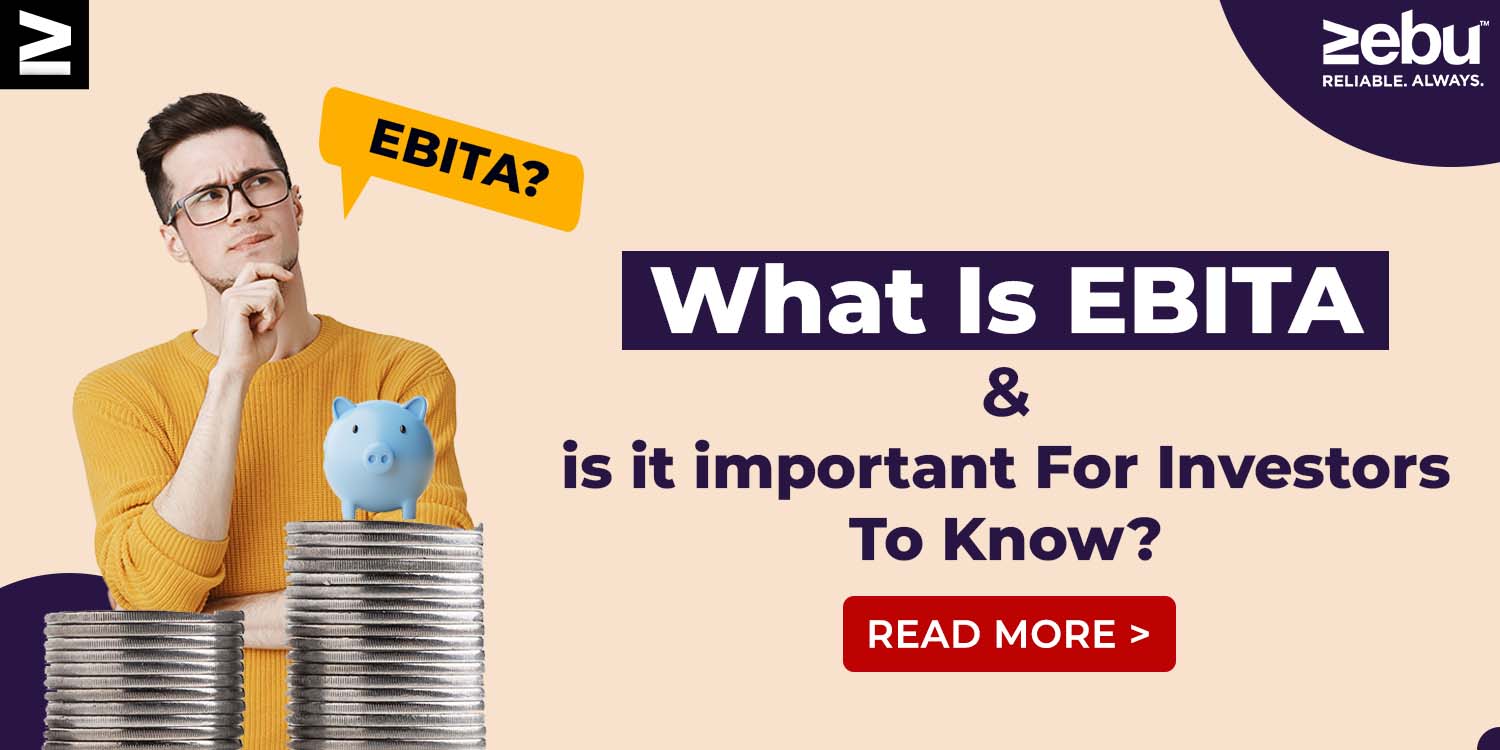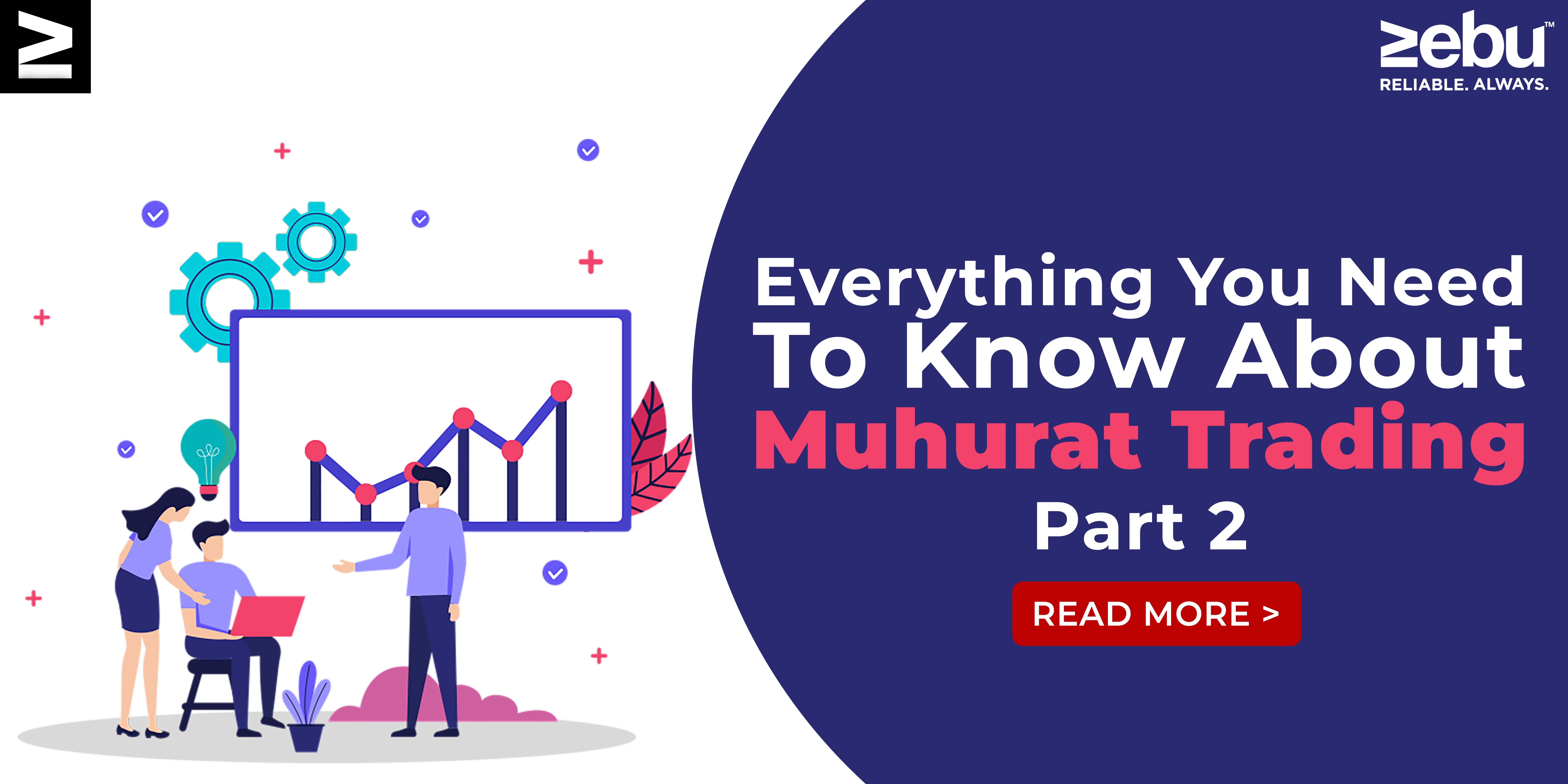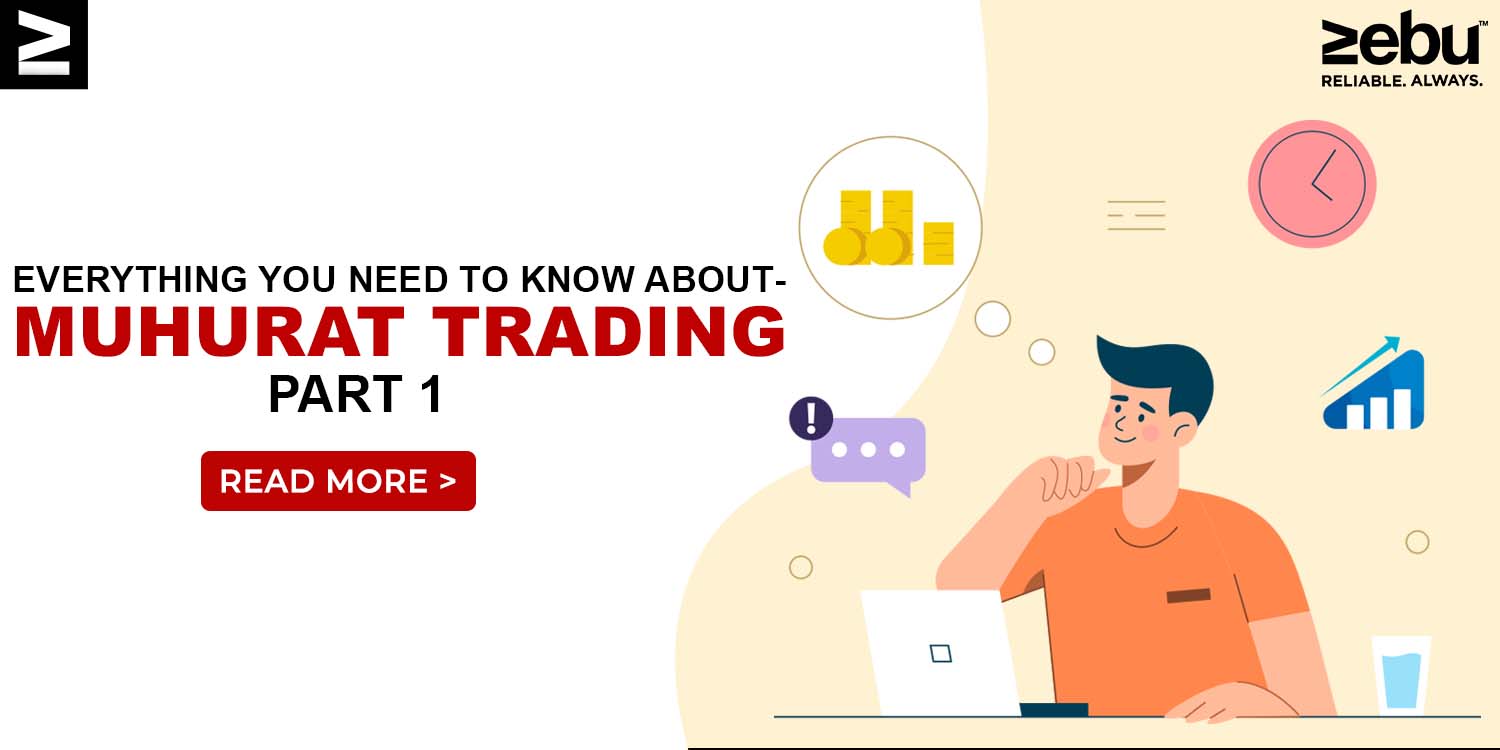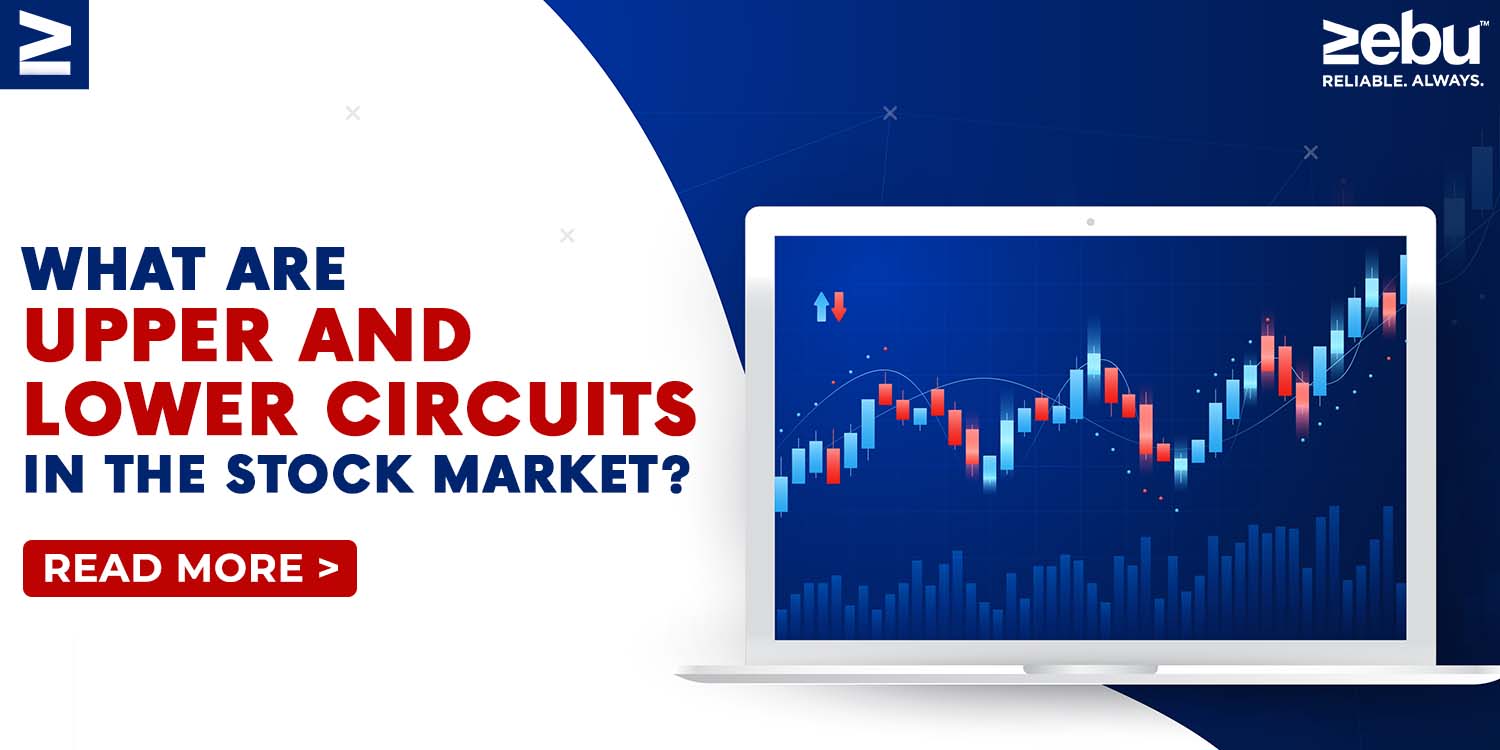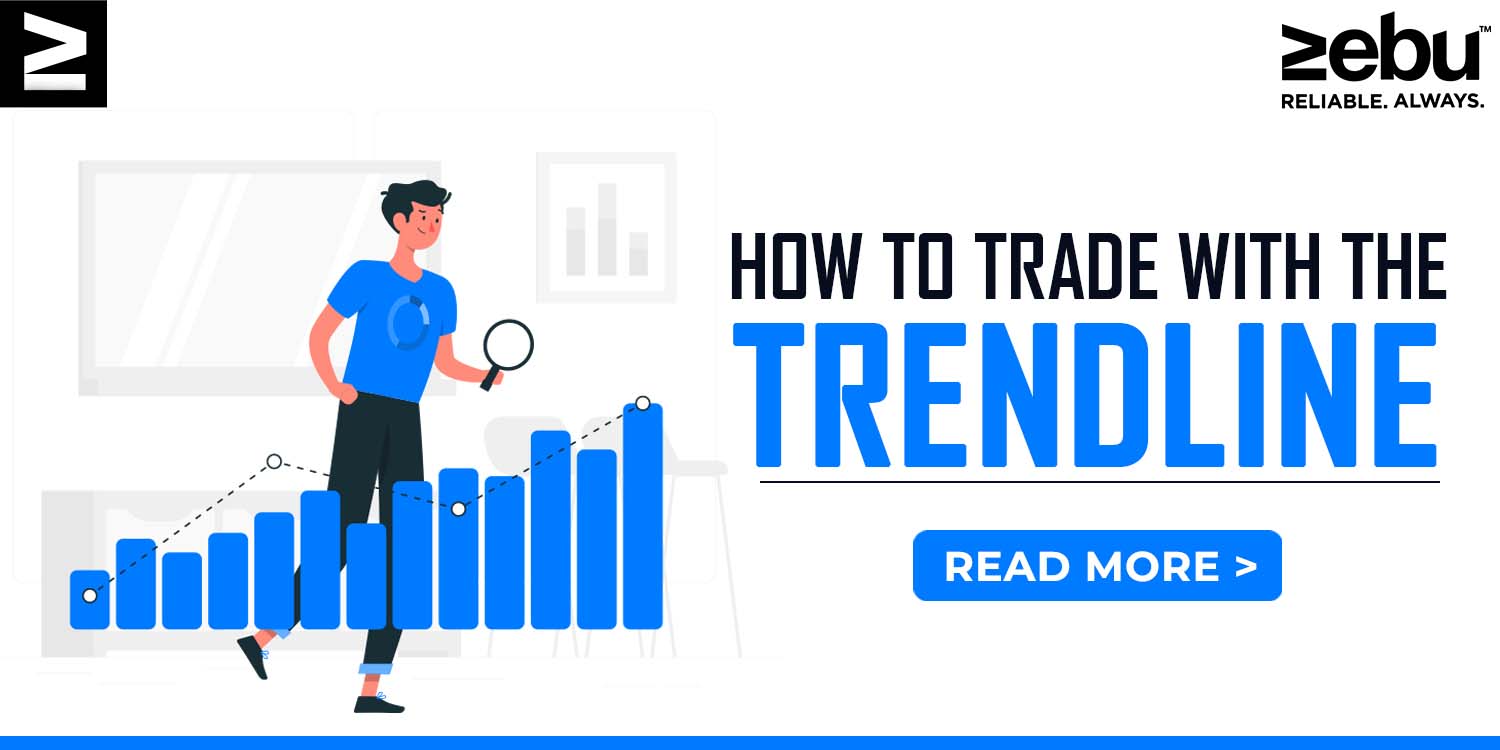
When it comes to financial ratios, there is no such thing as the best measure. Each ratio has its own advantages and disadvantages. Two of the most common ratios are the Return on Equity (ROE) and the Return on Capital Employed (ROCE). The first is valuable from the point of view of equity shareholders, while the second is important from the point of view of how a company uses its capital. First, let’s explain the difference between ROE and ROCE. When comparing return on capital to return on capital employed as a way to judge a company, which is the better statistic? ROE or ROCE? Which is better? First, let’s look more closely at how ROE and ROCE are used.
ROE
Return on equity is one of the most popular ways to figure out how much money shareholders made (ROE). When you put money into an investment, you want to know how much money it is making. Shareholders get dividends out of the company’s profits as they come in. After paying dividends, any money left over is added to the business’s net worth. ROE is important because it shows investors that the money that is being put back into the business is still making a good return. The business can do one of two things with the money it makes. First of all, by giving dividends to shareholders, it reduces the company’s wealth. The second plan is to put the money back into the business for internal use. If a company decides to reinvest profits instead of giving them out as dividends, it must show a strong return on equity (ROE) to support this decision.
ROE is very vulnerable because the business needs capital and depends on capital assets. For example, telecommunications and oil, which require a lot of capital, tend to have low ROEs. On the other hand, information technology and fast-moving consumer goods have a better return on equity and need less capital. ROE and P/E ratios, which are used to value stocks, usually go together well. Most of the time, sectors with higher ROEs have higher P/E ratios. To put it another way, most FMCG companies in India are worth more than mining, metals, telecom, and oil extraction companies because they have more assets. Companies with a high return on equity usually have few assets and little debt.
ROE is calculated by dividing net income by net worth (Equity)
The company’s net worth is made up of its base equity capital and its free reserves, which were made with money from the company’s profits. ROE not only measures how much value the company leaves for its shareholders, but it also measures how well the organisation uses the profits that are put back into the business.
ROCE
Before you can understand what ROCE is, you have to know what ROE is not. ROE only looks at returns from the point of view of equity shareholders. But there are also other people who have a stake in the company, such as lenders, bond and debenture holders, etc. We need to know how much money the company makes for its owners. You could say that these people have something to gain. That’s great, but how do I decide if I want to buy the debt of a company or not? This is done by looking at the business’s ROCE.
The ROCE ratio shows how much a company makes from its operations compared to how much capital it uses. What is operational profits? It shows how much money was made after depreciation but before interest and taxes. Even if you say that depreciation is not a cost, the tax shelter from depreciation will be used to make up for it. In that way, it is a cost of doing business. When we talk about capital used, both long-term debt and equity are included. There are two ways to look at the use of capital. First, equity, free reserves, and long-term loans can all be thought of as long-term sources of funding. Another option is to look at the total assets that are not covered by current liabilities (total assets – current liabilities). The following can be used to model ROCE:
EBIT + ROCE = Earnings Before Interest and Taxes + Return on Capital Employed (Total Assets – Current Liabilities)
The numerator is the company’s operating profits, and the denominator is its long-term capital in the form of equity and debt. In light of the ROE, how should the ROCE be understood? Let’s look at a really interesting case.
Which measure of return, ROE or ROCE, is better?
The main point is that from the point of view of shareholders and figuring out where the P/E Ratio is going, ROE is more important. But when you look at the company as a whole, ROCE is better.
